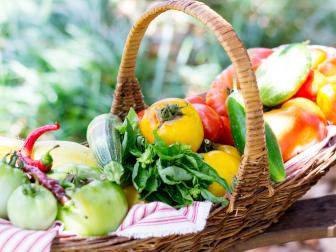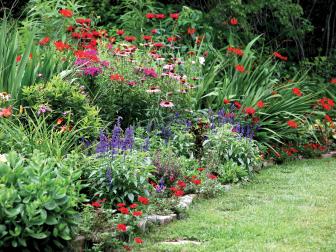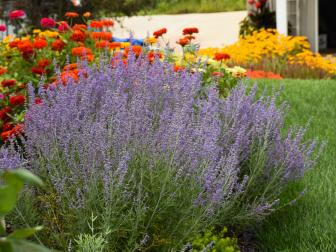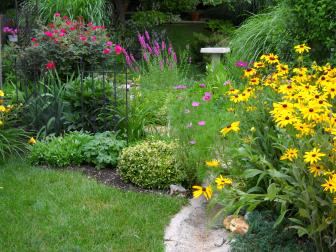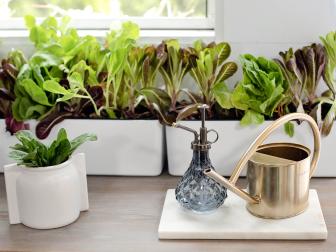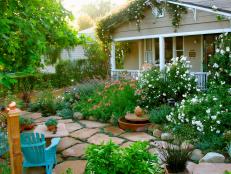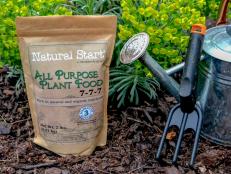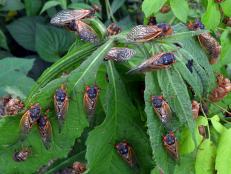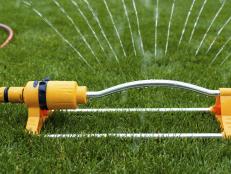The Latest USDA Plant Hardiness Zone Map and How It Works
The USDA just unveiled a new Plant Hardiness Zone Map and about half of the US has seen their growing zone shift upward. Find out if your zone changed and how to use that information to grow your best garden.
The USDA Plant Hardiness Zone Map is the standard by which gardeners and growers can determine which plants are most likely to thrive in their area. In 2012, the United States Department of Agriculture (USDA) changed the map to reflect warming temperatures. Eleven years later, it happened again. In 2023, the USDA released a new version of its map to accommodate an even greater increase in global temperature, resulting in about half the US shifting upward in zone.
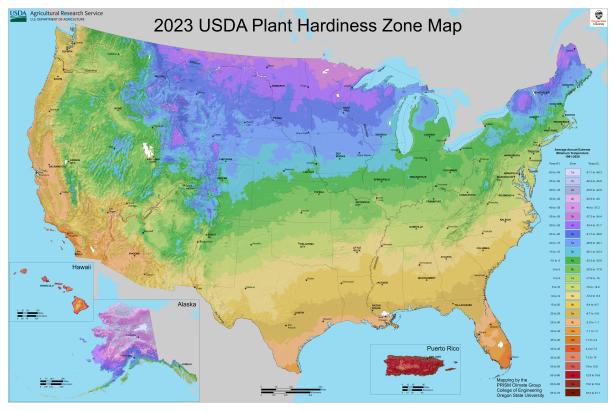
The 2023 USDA Hardiness Zone Map
A half-zone change can make a big difference in your garden. You may be able to grow plants that used to be too tender for your region; on the other hand, a plant that requires a certain amount of cold in the winter may not make it in your yard. Check plant tags before you buy; the zone information is spelled out as a range — for example, USDA Zones 5 to 8.
How are Hardiness Zones Determined?
Hardiness zones are based on the average annual minimum temperature in a given area. Each of the map's colored zones is separated by 10 degrees and divided into subzones A and B, separated by five degrees. To determine your gardening zone, type in your ZIP code at the US Dept. of Agriculture website, or for more precision, use the interactive map there that lets you click down to within a half mile of your home.
The shortcoming of the zone map is that it takes into account only the cold tolerance of plants. The farther south you go, the less dependable it gets because it doesn't take into account the heat and humidity of the South. So while the perennial basket-of-gold, for example, is hardy in USDA Zone 8, it can't stand up to the heat and humidity of the Southeast, but it grows well in Zone 8 in the Pacific Northwest.
That's why there's another map — the American Horticultural Society's heat zone map that addresses this very issue, namely the heat tolerance of plants, and rates plants according to their ability to withstand excessive heat. When used together, the two maps will help gardeners in the southern third of the country determine both the cold and heat tolerance of plants.
Vegetable Gardening for Beginners: 16 Tips and Tricks 17 Photos
Even if you've never planted a vegetable garden before, follow our HGTV garden experts' tips and you'll be planting a bumper crop of tomatoes, peppers and lettuce before you know it.
Is It Safe to Grow Plants One Hardiness Zone North or South of my Zone?
This depends on where you're actually located within a given zone. For example, if you're at the northern border of USDA Zone 6, you can probably grow a number of Zone 5-hardy plants. Be prepared to mulch those plants heavily before the first hard freeze to protect the rootball. Likewise, if you're at the southern border of USDA Zone 6, you can probably grow a number of plants hardy to Zone 7, which is one hardiness zone south. Of course, if this area were to experience an extremely cold winter, it's possible that a few plants might be lost.
What if a Plant Tag Doesn't Have a USDA Hardiness Zone Number?
Typically, a plant tag will have a range of numbers — say, Zones 6 through 9 — rather than a single number. In many cases, the farther south you go in terms of the zones, the chances are the more shade the plant will need. But if there's no number at all on the tag, chances are the plant is not hardy in your area and is intended to be grown as an annual (for one growing season).
What’s the Difference Between an Annual and a Perennial?
Should you pick annuals or perennials when planting your garden? Here's a rundown on the differences between these two types of plants and the pros and cons of each.
Other Factors to Consider: Climate + Hardiness
The climatic conditions that affect plants most are rainfall, extremes of temperature, wind strength and direction and light levels. While most gardens can be manipulated in one way or another to overcome prevailing conditions, the predominant climate — the macroclimate — will always influence plant selection.
The Effects of Cold
The length and severity of winter often dictate what you can grow. You can water in dry spells, or boost drainage where excess moisture is a problem, but it is harder to keep temperatures above damaging levels. Hardiness is vitally important, and it is worth understanding the different ways cold can affect plants. An air frost — when the air temperature drops to 32 degrees F while the ground remains unfrozen — is most common in early fall.
A ground frost occurs when the soil temperature falls below freezing; it is more frequent in winter and can occur while the air is above freezing. Long winter freezes largely define which plants are hardy in your climate. Less severe frosts tend to happen under cloudless skies on still nights and are caused by the ground losing warmth by radiating it out into the night sky. If conditions persist, the ground freezes solid. Harder frosts are caused by a moving mass of cold air, with icy winds driving frost deep into the soil. Evergreen plants keep losing moisture from their leaves in winter, especially in windy weather. With the soil frozen, they cannot take up more water; the foliage and green stems are scorched and killed, often leading to death.
Soil and Moisture
Too much soil moisture in winter or too little in summer is a common theme of gardening life. Walls, fences, and hedges can affect soil moisture by casting "rain shadows." Dig down to check the depth of the dryness, as this will determine what you plant. Many plants actually prefer good drainage and will thrive in dry soil; incorporate plenty of moisture-retentive organic matter before planting.
It is much harder to improve damp soil. If your garden is soggy, create well-drained spots by building raised beds, or by planting on ridges and mounds. Otherwise, try to improve drainage as much as possible and choose plants that will tolerate wet conditions.
What Is Hardiness?
Hardiness is a plant's ability to withstand the local climate. In an area subject to frost, this means resistance to cold; elsewhere it means resistance to heat or drought. Knowing where a plant comes from does not automatically tell you if it will survive in your garden; lavender and rosemary, for example, grow naturally on well-drained land in a warm climate, but will thrive in moist conditions and cooler climates.
Hardy plants will survive the levels of frost we can usually expect. Most plants we call hardy make new growth when temperatures exceed 40-43 degrees F; if temperatures stay around this point, there may be little growth.
Half-hardy plants might not make it through severe weather. In a cool climate, select spots with sheltered microclimates, mulching, providing good drainage and soil structure, and protecting with horticultural fleece and straw in winter.
Tender plants may not survive in temperatures below 45 degrees F. These plants have no real chance of surviving periods of severe weather and need to be brought into shelter, such as a greenhouse, as soon as there is a threat of frost.






